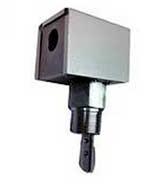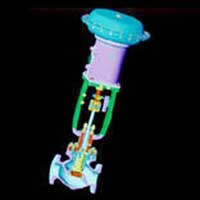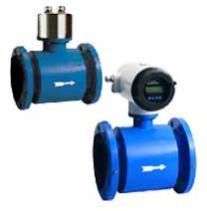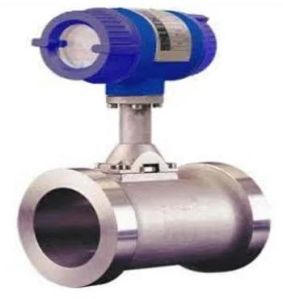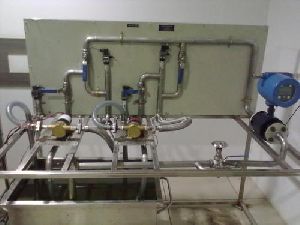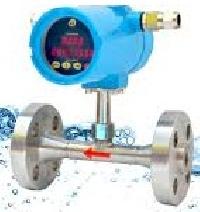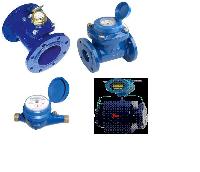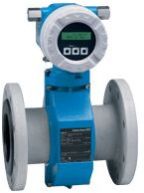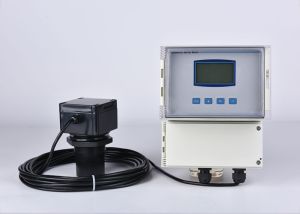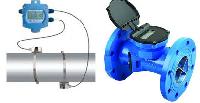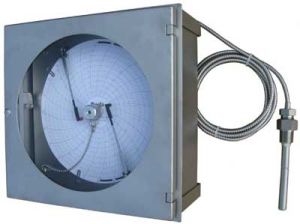| Business Type | Manufacturer, Exporter, Supplier |
| Material | Mild Steel |
| Surface Finishing | Polished |
| Shape | Rectengular |
| Click to view more | |
Product Details
Flow switches, also known as flow sensors or flow indicators, are devices used to monitor and signal the presence, absence, or rate of fluid flow within a pipe or duct. They play a crucial role in various industrial process control and fluid handling applications. Here's a breakdown of typical specifications to consider when selecting a flow switch:
General Specifications:
· Switch Type: Flow switches come in various designs, each with its own operating principle:
o Paddle Flow Switches: These utilize a hinged paddle or flapper within the flow stream. When flow reaches a certain velocity, the paddle deflects, triggering a micro switch. They are suitable for basic on/off flow indication.
o Positive Displacement Flow Switches: These have a rotor or disc that rotates due to flow. As the rotor/disc completes a specific number of rotations, a switch is activated. They offer good repeatability for flow rate monitoring.
o Thermal Flow Switches: These measure the temperature difference between a heated element and the flowing fluid. A change in flow rate affects the temperature difference, triggering the switch. They are well-suited for low flow applications.
o Vortex Flow Switches: These create vortices (swirling patterns) in the flow stream. The frequency of vortex shedding is proportional to the flow rate, allowing for flow rate monitoring and switching.
· Pipe Size: The diameter of the pipe the flow switch is designed for (e.g., 1/2 inch, 2 inch, etc.). Ensure it matches your pipeline diameter.
Performance Specifications:
· Set Point (Adjustable or Fixed): This defines the flow rate at which the switch activates (on point) or deactivates (off point). Some models allow for set point adjustment, while others have fixed settings.
· Flow Rate Range: The range of flow rates the switch can operate within. Choose a switch with a range that covers your desired flow activation/deactivation points.
· Deadband (Optional): The difference between the flow rate at which the switch activates (on point) and the flow rate at which it deactivates (off point). A higher deadband helps prevent rapid switching due to minor flow fluctuations.
· Repeatability: The ability of the switch to consistently activate/deactivate at the set point for the same flow rate. High repeatability is desirable for reliable operation.
· Pressure Rating: The maximum pressure the switch can withstand without failure. Ensure it meets the operating pressure in your system.
· Temperature Rating: The range of temperatures the switch can function within without compromising performance. Consider both ambient and fluid temperatures.
Material Specifications:
· Body Material: The material of the flow switch body, chosen for compatibility with the fluid type, pressure rating, and potential corrosion resistance. Common materials include stainless steel, brass, PVC, etc.
· Wetted Materials: The materials of parts coming into contact with the fluid, critical for compatibility to avoid wear, degradation, or contamination.
Electrical Specifications:
· Switching Mechanism: Specify the type of switching mechanism employed (e.g., micro switch, reed switch).
· Output Signal: The electrical signal generated by the switch upon activation/deactivation. Common options include:
o SPST (Single Pole Single Throw): Opens or closes a single circuit path.
o SPDT (Single Pole Double Throw): Switches the connection between two different circuits.
Additional Features:
· Time Delay (Optional): A user-adjustable delay in switch activation/deactivation to prevent false triggering due to momentary flow fluctuations.
· Low Flow Cut-off (Optional): A feature that ignores very low flow rates that might be caused by noise or measurement errors.
· Alarm Output (Optional): Some models provide an additional output for connecting alarms or indicating switch status.
Factors to Consider When Selecting a Flow Switch:
· Application Requirements: Identify whether you need a simple on/off flow indication or flow rate monitoring.
· Pipe Size: Choose a switch designed for the diameter of your pipeline.
· Fluid Type: Consider the fluid's compatibility with the switch's materials to avoid corrosion or functionality issues.
· Flow Rate Set Point: Select a switch with a set point (adjustable or fixed) that aligns with your desired flow activation/deactivation point.
· Pressure and Temperature Rating: Choose a switch with pressure and temperature ratings exceeding your operating conditions.
· Electrical Specifications: Ensure the switch's output signal is compatible with your control system.
· Additional Features: Consider optional features like time delay, low flow cut-off, or alarm output based on your specific needs.
Looking for "Flow Switches" ?
Explore More Products


